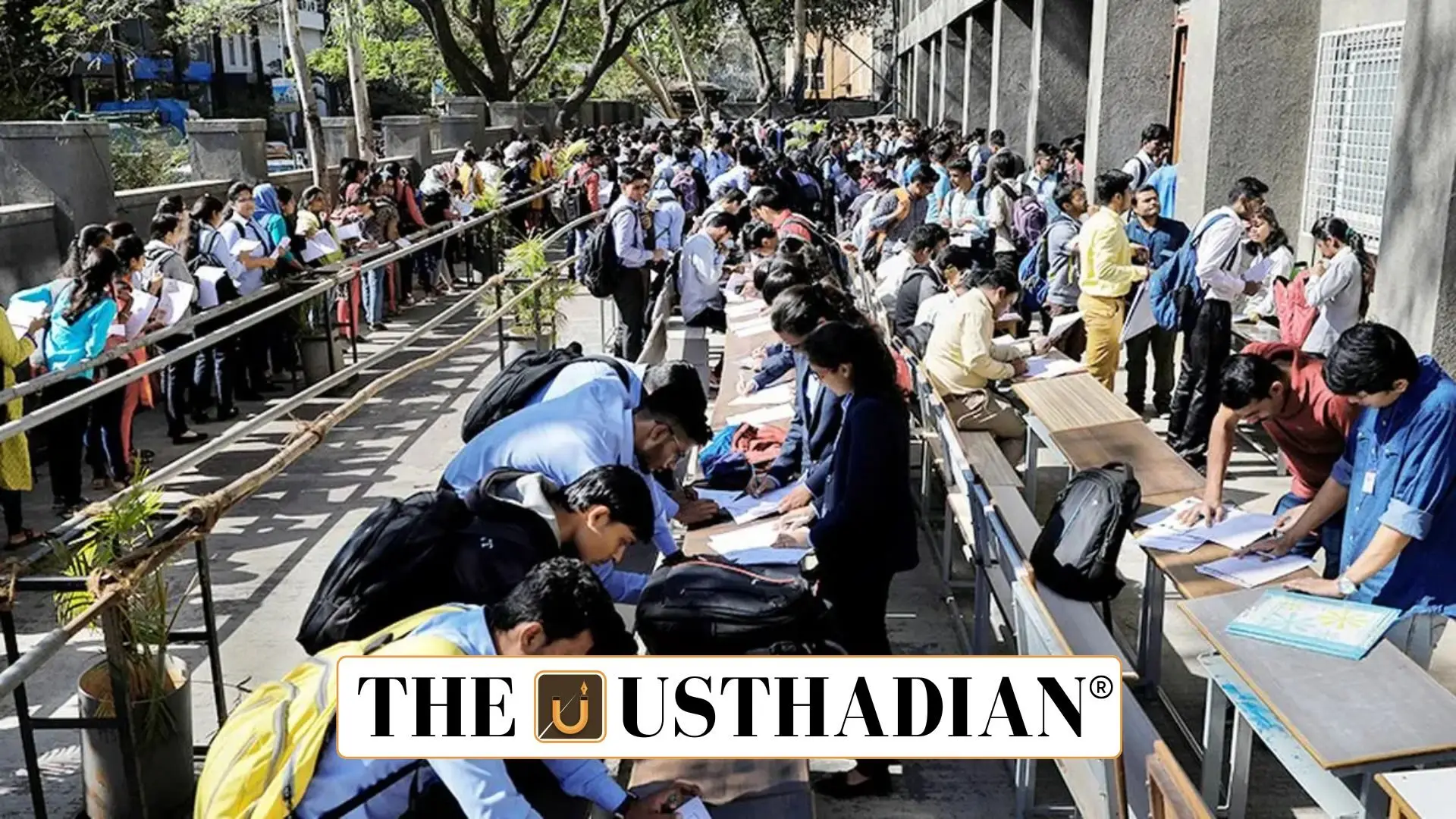India’s job market hit a seasonal slump
India’s Unemployment Rises to 5.6 Percent in May 2025: India’s unemployment rate rose to 5.6% in May 2025, marking a sharp increase from 5.1% in April. The primary cause behind this jump is the post-harvest slowdown in the agricultural sector. Once the crops are harvested, temporary rural jobs tend to vanish, especially for daily wage workers and women. This cyclical trend often leaves lakhs of workers without employment between sowing seasons.
Young workers face the biggest challenge
The increase in joblessness was particularly high among youth aged 15 to 29, with urban unemployment in this group touching 17.9%, up from 17.2%. Even in rural areas, youth unemployment climbed to 13.7%, which is concerning given that a significant portion of India’s population falls in this age bracket. Most of these youths are either fresh graduates or school dropouts struggling to find stable jobs after seasonal agricultural work dries up.
Women continue to bear the brunt
The female unemployment rate rose to 5.8%, slightly higher than the 5.6% male unemployment rate. The labour force participation rate for women also dropped from 28.8% to 27.8%, indicating fewer women are looking for or able to find work. In rural India, especially after harvest, many women return to unpaid domestic duties or simply stop seeking jobs because of the lack of available options.
Fall in farm sector jobs causes ripple effect
The share of employment in agriculture fell from 45.9% in April to 43.5% in May. This decline reflects how dependent rural employment remains on farming. After the harvest is complete, many workers temporarily move to nearby towns in search of work, often finding short-term jobs in manufacturing or the service sector. This employment migration is common in states like Uttar Pradesh, Bihar, and Odisha, where large segments of the population still rely on farming.
Need for more consistent employment opportunities
These trends reveal a bigger structural problem. India needs more year-round jobs, especially in rural areas. Strengthening rural manufacturing, promoting women entrepreneurship, and investing in skill-based education can help bridge this gap. States like Gujarat and Tamil Nadu have successfully diversified their rural economies, reducing overdependence on agriculture.
Static GK Fact: According to the Periodic Labour Force Survey (PLFS) methodology, the Labour Force Participation Rate (LFPR) includes all people who are either working or actively seeking jobs. Seasonal unemployment is a recurring challenge in India’s agrarian regions.
Static Usthadian Current Affairs Table
| Summary | Details |
| Unemployment Rate (May 2025) | 5.6% (up from 5.1% in April) |
| Female Unemployment Rate | 5.8% |
| Urban Youth (15–29 yrs) | 17.9% (up from 17.2%) |
| Rural Youth Unemployment | 13.7% (up from 12.3%) |
| Agriculture Employment Share | Dropped to 43.5% from 45.9% |
| Female LFPR | Dropped to 27.8% from 28.8% |
| Key Cause | Post-harvest job losses |
| Shift in Sector | Agriculture to manufacturing/services |
| Data Released By | Ministry of Statistics, June 16 |
| PLFS Relevance | Tracks urban and rural labour trends |








